Speaker
Description
CSES (China Seismo-Electromagnetic Satellite) is a sophisticated multi-channel space observatory. It was launched on the 2nd of February 2018, and it is now flying on a Sun-Synchronous orbit at an altitude of ~500 km.
The High Energy Particle Detector (HEPD-01) is one of the main contributions of the CSES-Limadou collaboration to the mission and it is optimized to detect charged particles: mostly 3-100 MeV electrons and 30-300 MeV protons, with good capabilities in the identification of heavier nuclei. The instrument is quite compact (40.36 cm x 53.00 cm x 38.15 cm) and it is composed of a tracking system, a trigger made by a segmented layer of plastic scintillator, a calorimeter made by a tower of plastic scintillators and an array of LYSO cubes and a veto system. With its large field of view ( $\pm$ 60$^\circ$ ) it is capable to collect sufficient statistics to provide new and competitive measurements concerning a quite rich scientific program: the study of the radiation present in the ionospheric environment, searching for transient phenomena correlated to seismic events, the monitoring of solar activity, the measurement of the modulation of the low energy cosmic ray spectrum and the study of the South Atlantic Anomaly (SAA).
In this contribution a synthetic description of the detector will be given. The main scientific results obtained with the HEPD-01 detector will be reported, focusing on its measurements of low energy cosmic rays and of the proton flux within the SAA, and on the results about time transients phenomena from the analysis of electrons and protons fluxes.

